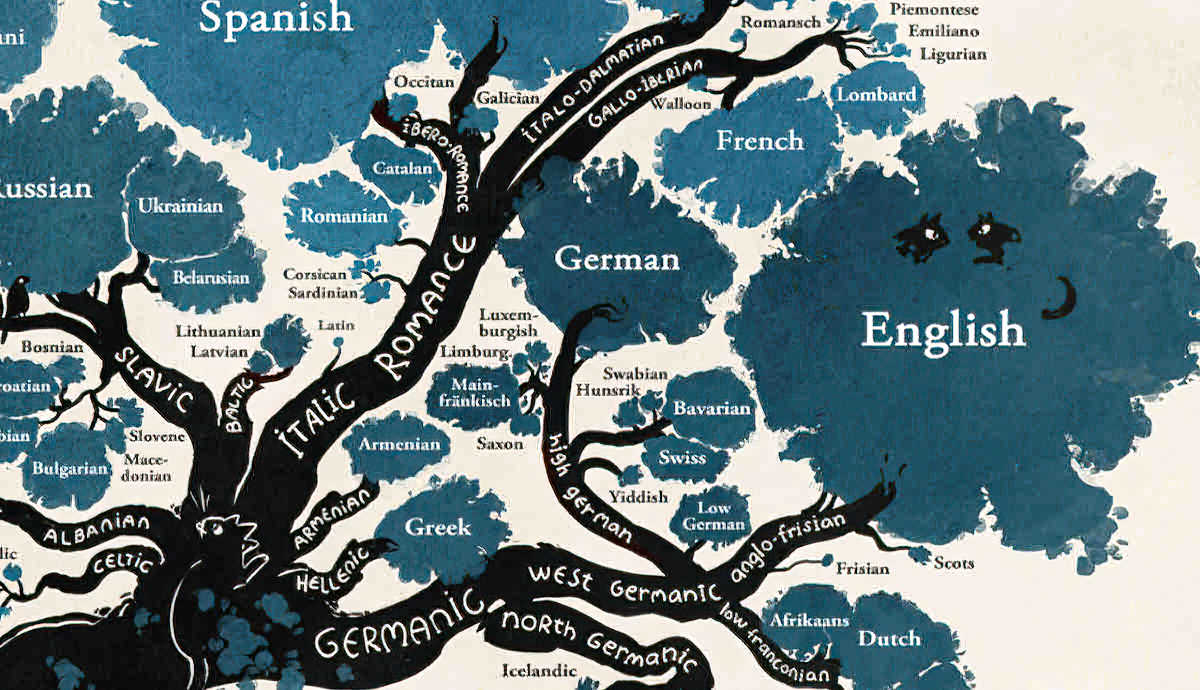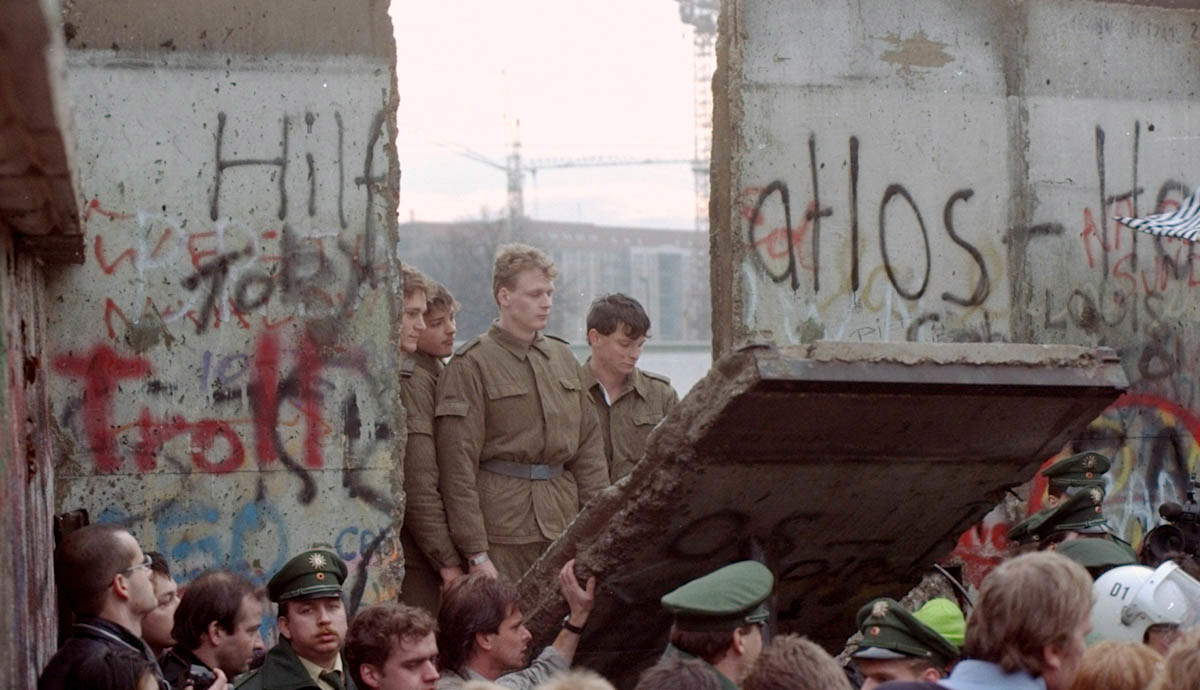
The game of chess has been around for more than fifteen centuries. Originating in India in the 6th century B.C., this game of wits has transformed and evolved until it reached the form in which we know it today. Many geniuses left a lasting mark on the world of chess. Bobby Fischer is one of them. Fischer’s gift for the game of chess led him to one victory after the other, culminating with the title of the World Champion in 1972. The events leading up to this moment are some of the most interesting and tumultuous in the history of chess.
Young Fischer: The Rise of a Child Prodigy

Bobby first got introduced to the game of chess when he and his sister bought a small set at a candy store. When his sister lost interest, young Bobby would often play games against himself. He was only six years old. That same summer he stumbled upon a book of old collected chess games and studied it vigorously.
At the age of seven, Fischer’s passion for the game would really start to show. This made his mother worried that Bobby was spending too much time. Because of this, she sought ways for him to socialize while playing the game, so Fischer joined the Brooklyn Chess Club under the tutelage of American instructor Carmine Nigro.

Bobby Fischer often referred to this event as a turning point in his chess career and credited Nigro as a major influence. At this point, the child prodigy’s talent for the game started to show as he began playing his first tournaments and performing rather well. In 1956, at the age of 13, he would start progressing exponentially. He gave a simultaneous exhibition at the Capablanca Chess Club in Havana and won ten games and drew two. The same year, he won the US Junior Chess Championship with an impressive score of eight and a half out of ten, becoming the youngest player to ever do so—a record that still stands today.

His achievements in national tournaments continued that year, as he scored well in tournaments with the best players in the USA. That same year, at the age of 13, he played what is known as The Game of the Century against a chess legend known as Donald Byrne. In the next year, he earned the title of a Master, becoming the youngest player to do so.
In 1957, at the age of 14, he played his first US Championship, a tournament stacked with the best players of the time. Against all odds, Bobby Fischer won with a dominating score of ten and a half out of thirteen. This victory along with another in the US Zonal Championship earned him the title of an International Master. Most importantly, he earned the right to participate in the 1958 Internzonal which could secure him a shot at the World Championship.
The Emergence of World-Class Fischer

In 1957, Bobby Fischer, accompanied by his sister, went on his first trip to Russia where he played blitz games against some of the best players in the world since the Soviets dominated chess at the time. Blitz is a chess time format that offers players less than 5 minutes each for the whole game, so the games are very fast-paced and require calculations, knowledge, and quick thinking. In the Interzonal, against all odds, a 15-year-old Bobby would win six games, lose two, and draw twelve to secure a spot in the top 6, and consequently, qualify for the tournament which would determine the World Champion’s next challenger. At the age of 15, Bobby also earned the title of the Grandmaster which was the most prestigious title in the game of chess besides that of a World Champion. He, once again, became the youngest person to ever do so.
At the age of 16, Fischer dropped out of high school. Even though he abandoned his formal education early, he taught himself. He learned about foreign languages so that he could read chess publications from other countries. In the years between 1958 and 1962, his achievements in the game of chess kept coming. In 1962, he played in the Candidates Tournament in order to get a shot at the World Championship, but he failed to do so. Afterward, he published an article claiming that the Soviet players had a pre-arrangement to draw their games against each other quickly to save their efforts. This prompted FIDE (International Chess Federation) to change the format of the tournament.
Eyes on the World Championship: Fischer Against the World

To qualify for the Interzonal Tournament and get a chance at competing in the World Championship, Bobby Fischer needed to win the 1969 US Championship. However, he refused to participate over some disagreements about the format of the tournament. He still got his chance, however, when the tournament winner Pal Benko forfeited his spot to allow Fischer another shot at the title.
Before his quest commenced, Fischer participated in what was described as The Match of the Century, named USSR vs. Rest of the World. Out of the top four boards, he managed to get the highest score, crushing all competition and the former World Champion Tigran Petrosian, the pride of the Soviet Union.

In the years 1969 and 1970, Bobby Fischer played in many tournaments that included top Soviet players. He ended up winning the 1970 Interzonal and qualifying for the 1971 Candidates Match. Over the following few months, he would have to play matches against Taimanov, Larsen, and Petrosian—three of the best chess players in history. His match against Taimanov concluded with a score of 6-0, and Taimanov bore dire consequences upon his return to Moscow as chess was seen as a holy sport at the time in the USSR. Larsen suffered similar results, and their match concluded with the same score, 6-0. Petrosian rose to defend the Soviet Union but also lost.
Chess strength was calculated by a number called ELO, and every month the FIDE published a list of the top players in the world based on their ELO. At this point, Bobby Fischer had an astonishingly high elo of 2785. This was 125 points higher than the world number 2, Boris Spassky, who also happened to be the World Champion.
The 1972 World Championship Match: War on the Chessboard

Bobby Fischer had a bit of a reputation when it came to demands for specific tournament conditions and monetary prizes. He had a strong belief that chess players deserved as much recognition as other sports players who earned more money. His character would really show before his World Championship match against Boris Spassky. There were many disputes over the match location and the prize fund, but the biggest issue was Fischer’s paranoia that his airplane would be ambushed by the Soviets. This fear led him to miss the first day of the tournament. The monetary issue was resolved when an independent financier from London raised the remaining $125000 that Fischer had asked for.
When the match actually began, Fischer lost the first two games in an odd fashion. During the first game, in an equal and completely drawn endgame, he played a blunder that shocked the whole world by capturing a poisoned pawn and getting his bishop trapped. This cost him the game.
He lost the second game when he didn’t even show up to play. He then came out and complained that the loud cameras were disturbing him during the games. He asked for the match to be moved to a backroom where only he and Spassky would be. Boris Spassky could have refused these conditions (which would automatically win him the game) but in a decision that would change the history of the game forever, he agreed to Fischer’s demands, so the match proceeded.

Fischer won seven of the next nineteen games, lost one, and drew eleven, securing both victory and the title of World Champion. The most famous game of the entire match was game six. The game commenced with the Tartaower variation of the English opening, with Fischer playing the white pieces. He launched a furious attack in the kingside, culminating with a rook sacrifice to rip open the black king’s defenses. This game is famous for the round of applause that Fischer received upon Spassky’s resignation. Spassky even joined in applauding and acknowledged Fischer’s brilliant game in which he beat him at a variation that he had never lost before in his career.
Bobby Fischer’s victory was seen as a win for the USA in the midst of the Cold War. It fit directly into the narrative of a lone wolf taking on a whole empire and emerging victorious. It led to what became known as the chess boom with hundreds of thousands of new players learning the game and joining clubs all over the world, especially in the USA. Famously, Fischer disappeared for two decades after his victory. He came back in 1992, playing a revenge match against Spassky against US instructions, which led to a warrant for his arrest. For a short period of time after his victory, Fischer was the most famous man in America and his beloved game reached unprecedented popularity.








